Affiliate links on Android Authority may earn us a commission. Learn more.
Legends of Runeterra guide: Everything you need to know
The long-awaited League of Legends card game — Legends of Runeterra — has arrived on Google Play. If you want to test your favorite champions on a new field of battle, there is no better time! Legends of Runeterra combines strategic depth with accessibility in one of the most fun card games released in recent years.
But like any other TCG, there are gameplay mechanics and rules you should know before jumping straight into matchmaking. This is why we have created an in-depth guide suitable for both beginners and card game enthusiasts.
Haven’t downloaded the game yet? Legends of Runeterra is free-to-play. Get it on Google Play by clicking the link below:
How to play Legends of Runeterra
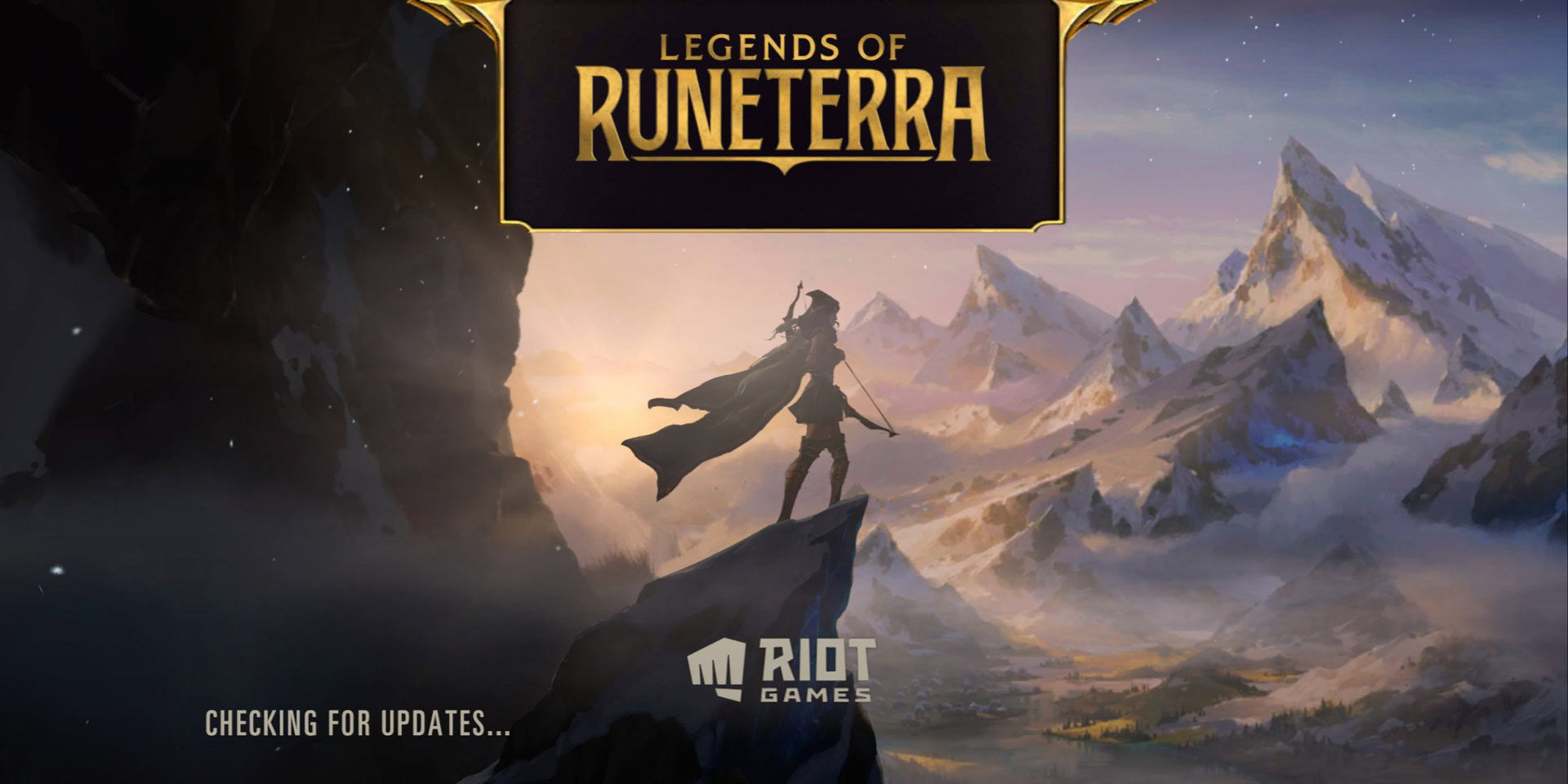
If you’ve played games like Hearthstone and Magic the Gathering, Legends of Runeterra might seem pretty self-explanatory. However, while the Riot card game might share some key mechanics with other TCGs, there are some notable differences as well.
The usual applies: two players face off in a battle to the death, wielding mystical spells and utilizing the might of their allies. In Legends of Runeterra, each player has a Nexus with 20 health. The goal is simple — deplete its health before the enemy destroys yours.
Runeterra units
Like most card games, Legends of Runeterra units are summoned using mana. Each player starts the match with one mana, gaining an additional crystal every turn. The key difference is that there is no “summoning sickness” in Legends of Runeterra. This means units can attack on the turn you play them.
Another interesting deviation from the standard card game playbook is that there are two types of units: champions and followers. The former are your core cards: your deck is built around them. Champions level up when they meet certain conditions, transforming up to two times. For example, Garen levels up after attacking twice, gaining additional power and health, as well as a Rally effect at the start of the round. Once leveled up, all copies of the champion in your deck transform and level up too.
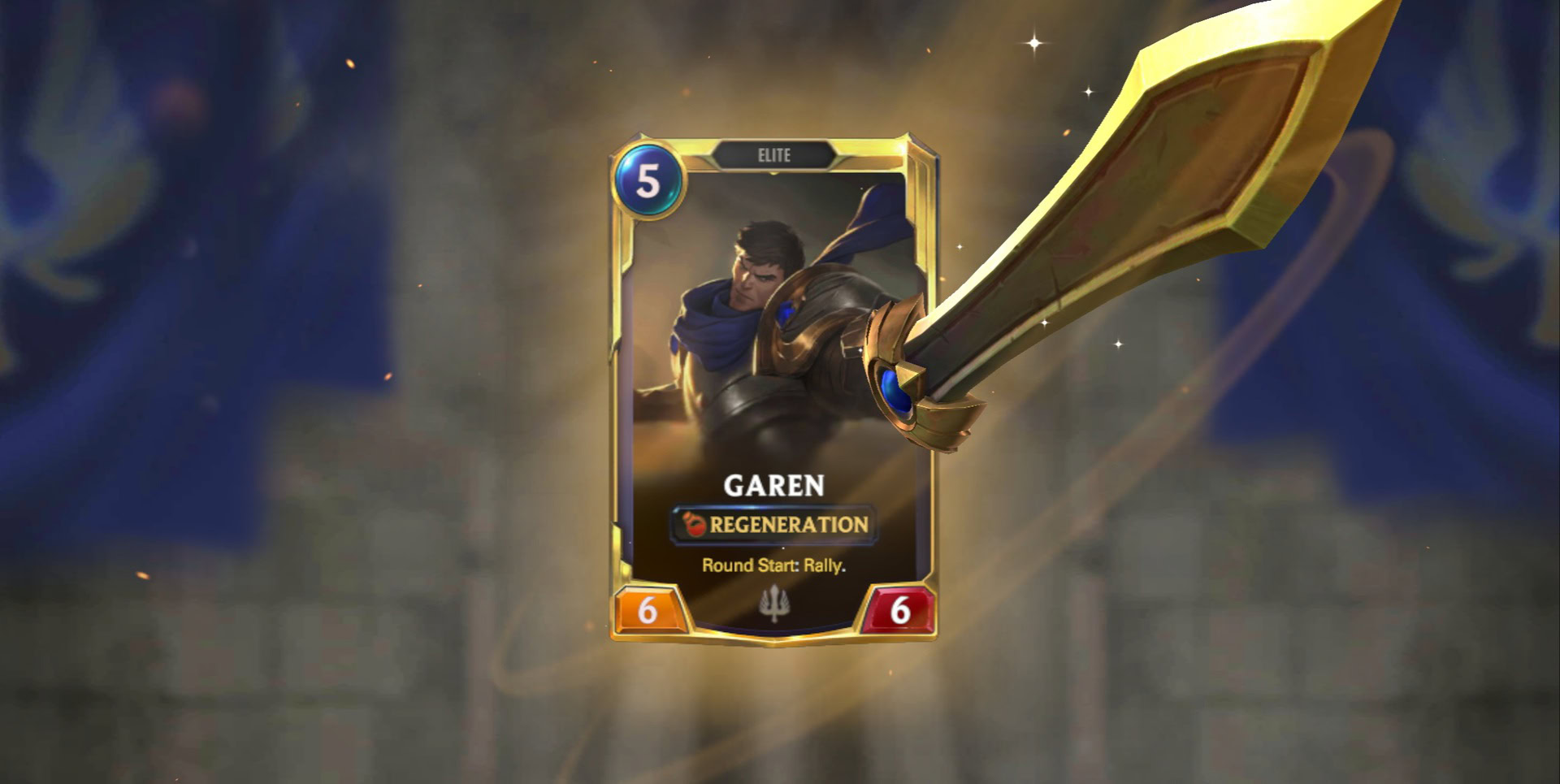
Nevertheless, there are some limitations. Decks can have up to 40 cards, but players can only include six champions in a single deck, with a maximum of three copies per champion. Additionally, you can only summon one copy of a specific champion to the board at the same time. This means that you can’t summon a Miss Fortune while there is another on the field, for example.
Don’t miss: League of Legends: Wild Rift — Everything you need to know about mobile LoL
What about followers? They are also limited to three copies per deck, but duplicates can be present on the field at the same time. Followers are weaker than champions in general, but you shouldn’t overlook them. They often have interesting interactions with champions and can turn the tide of battle in your favor if played correctly.
Runeterra spells
Turning the match in your favor is not just in the hands of your champions and followers. You can aid them with spells. Legends of Runeterra currently has four types of spells. Here is what each type does:
- Burst spells resolve instantly, without giving your opponent a chance to respond. They can be played at any phase of the match.
- Fast spells can be activated at any time, but enemy players are given a counter-play opportunity in which they can use their own fast or burst spells.
- Slow spells can only be played when not in combat.
- Fleeting spells need to be used by the end of the turn or they will disappear.
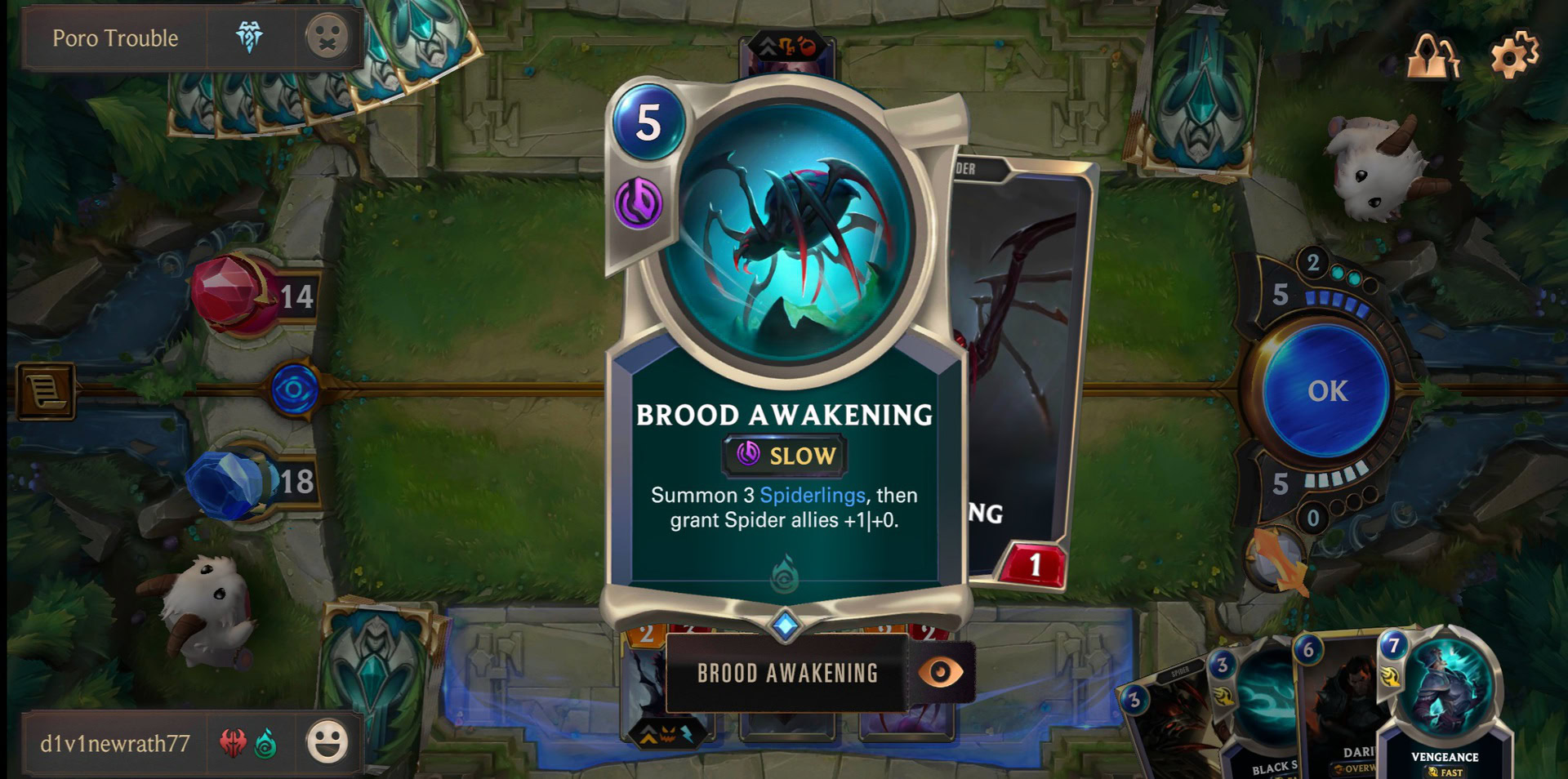
Another important thing to know is that you cannot attack while casting a slow spell or cast a slow spell once your allies are in position to attack. But there is some good news! Any mana you don’t use during a turn will be accumulated, up to three crystals, which can then be spent on spells. Use this to your advantage to surprise opponents when they least expect it.
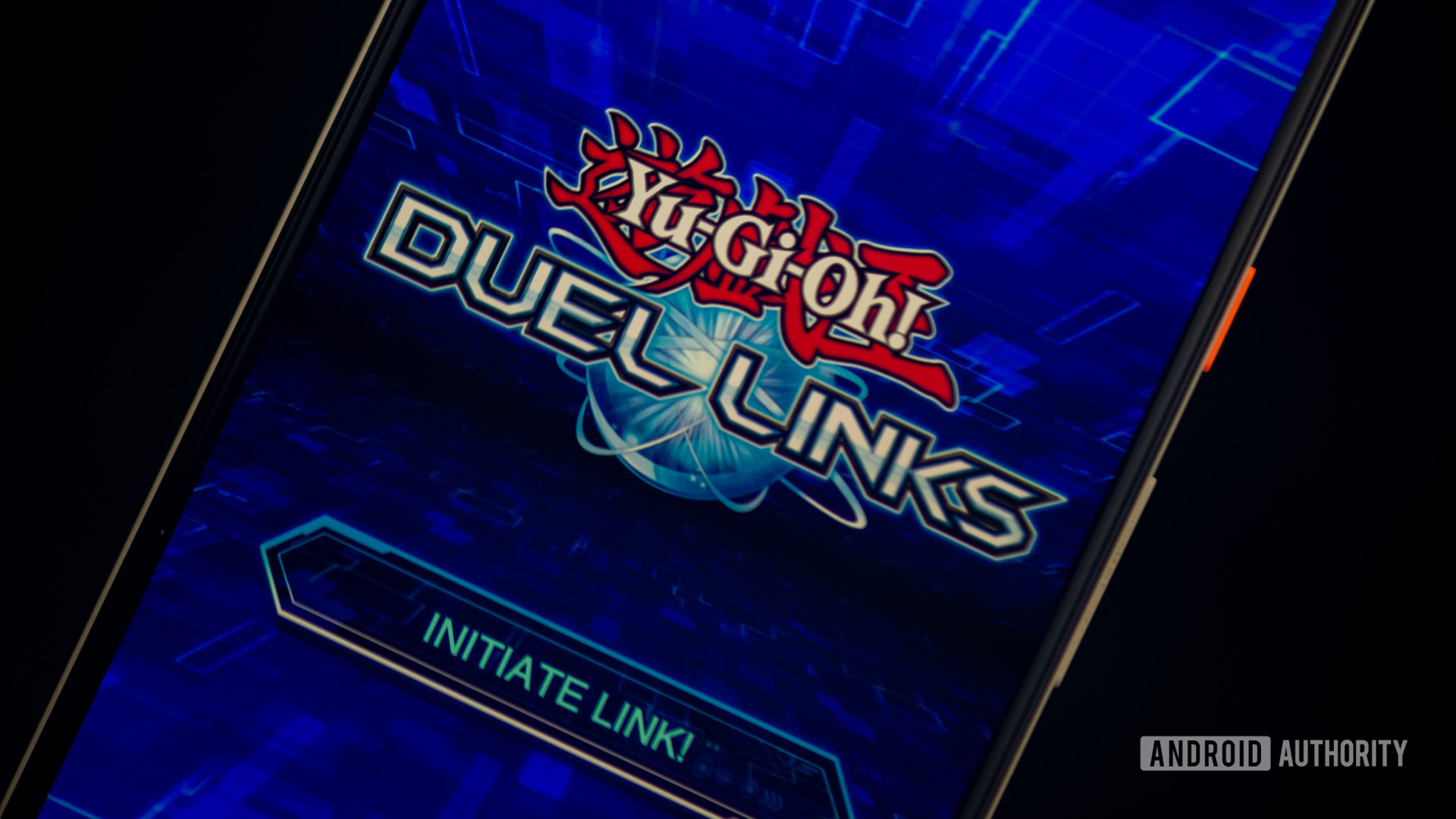
Legends of Runeterra regions
Before we jump into combat and how rounds are played, we need to have a look at regions — another unique Legends of Runeterra component. So, what are they exactly? They serve as archetypes or factions from which you can construct your deck. Currently, the game only allows you to mix two regions per deck, unless you’re playing in the draft format.
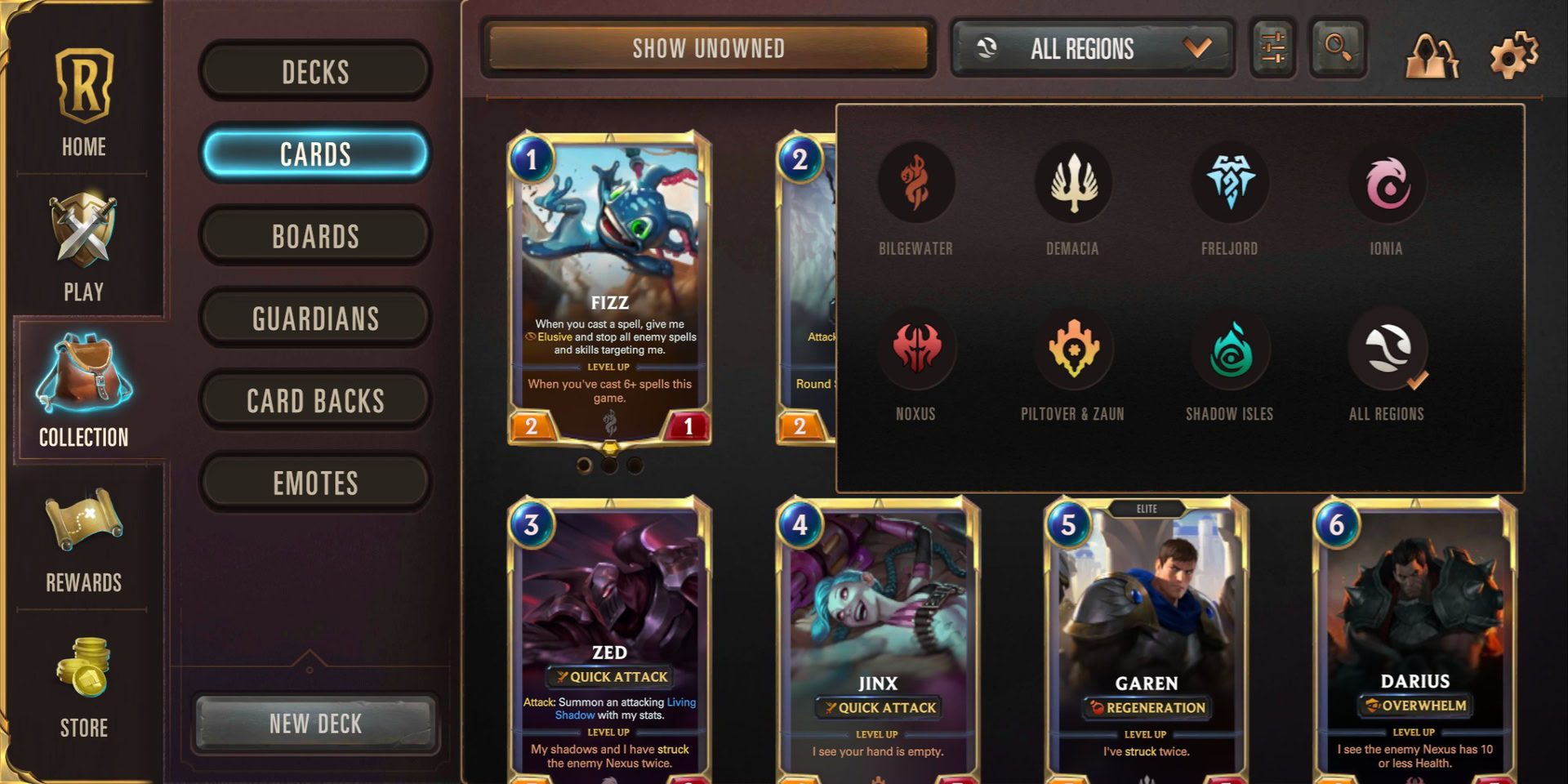
While that might seem limiting at first, it actually gives the game a lot of strategic depth and balances it nicely. Here are the six Legends of Runeterra regions and what they offer:
- Bilgewater is for those that love risky plays that can pay off big time. It offers an explosive and aggressive playstyle with its five champions Fizz, Gangplank, Miss Fortune, Nautilus and Twisted Fate.
- Demacia is a region of noble warriors. Demacia’s playstyle revolves around creating and maintaining board presence. Its champions complement each other well, allowing for safe and calculated plays. They are Fiora, Garen, Lucian, Lux and Quinn.
- Freljord is an icy region that’s all about control plays and late game devastation. With Anivia, Ashe, Braum, Sejuani and Tryndamere as your champions, you can freeze any enemy in their tracks.
- Ionia is the realm of stealth. This region is all about sneaky tactics and spells, with champions like Karma, Lee Sin, Shen, Yasuo, and Zed.
- Noxus is the glass canon archetype of Runeterra. This region is defined by non-stop aggression, with champions like Darius, Draven, Katarina, Swain, and Vladimir.
- Piltover & Zaun are the relentless spell-casters that flood the board with units. The region’s champions are Ezreal, Heimerdinger, Jinx, Teemo, and VI.
- Shadow Isles is a fearsome region with a playstyle that revolves around sacrificing and reviving units. Its champions are Elise, Hecarim, Kalista, Maokai, and Thresh.
Legends of Runeterra rounds and combat
Now that you know how units and spells work, it’s time to put them to use in battle. However, Legends of Runeterra deviates from the standard round and combat formula significantly. Rounds are the most complicated element of the game and it will take some time to get the hang of them.
Every match begins with both players drawing four cards, followed by a Mulligan phase. During that phase, you can swap any number of cards and redraw random replacements. Each player starts with one mana, which is replenished on the next turn. You also gain an additional mana crystal every round and draw another card. So far, nothing out of the ordinary for experienced card game players. But things pick up quickly from there.
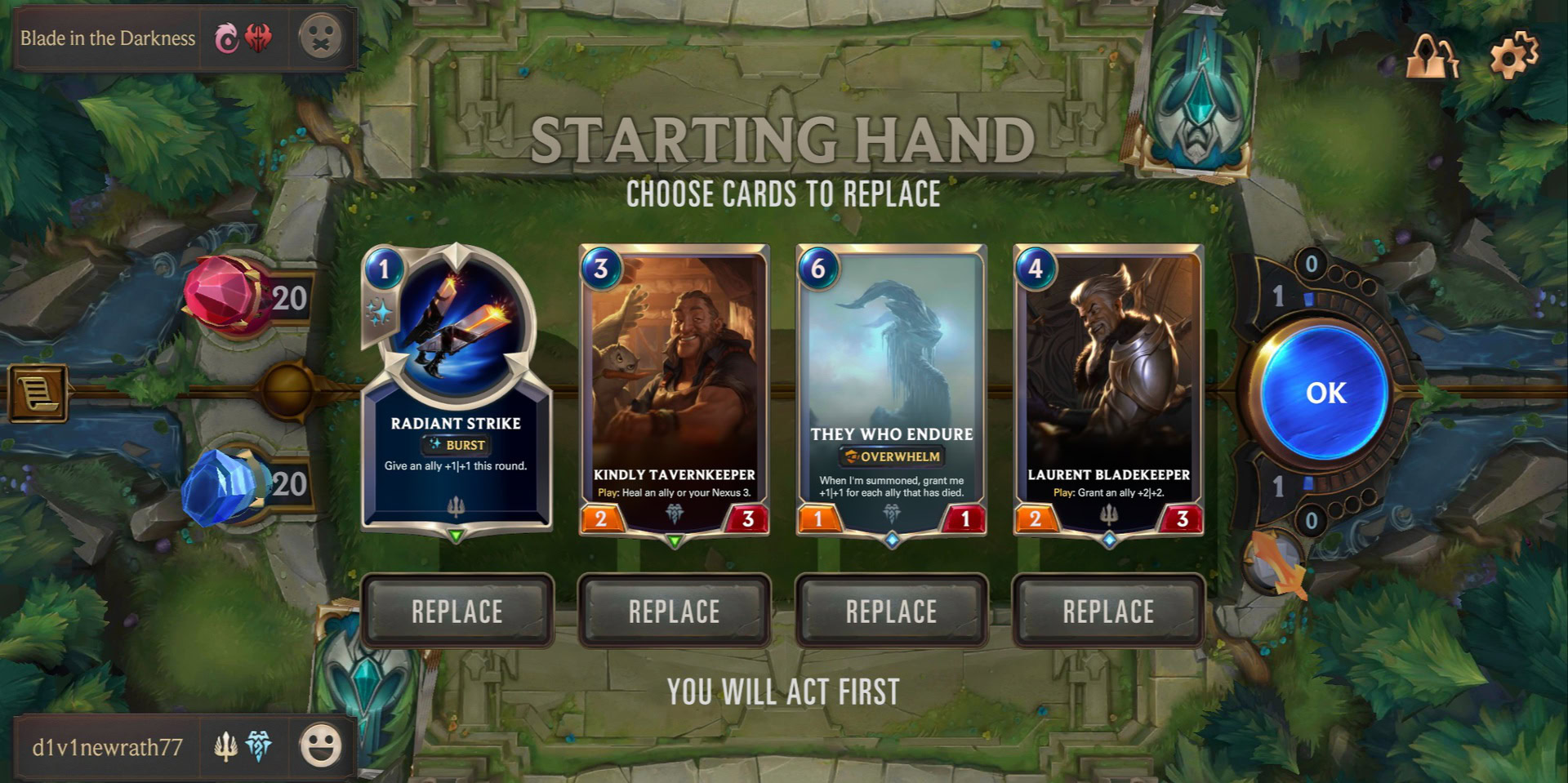
In Legends of Runeterra, players are given a chance to react to almost any action their opponent takes. The roles of attacker and defender alternate between opponents every round.
When a turn begins, both can play cards by placing them in the outer boundary of the arena. Whoever is assigned the role of attacker can then choose to drag their allies into the middle of the arena, initiating combat. The defender has to react quickly and move blockers to the field. Placement matters! Unlike games like Hearthstone, players can’t aim their attacks at any card on the arena. Whatever ally is opposite the attacker will be the one taking damage from it.
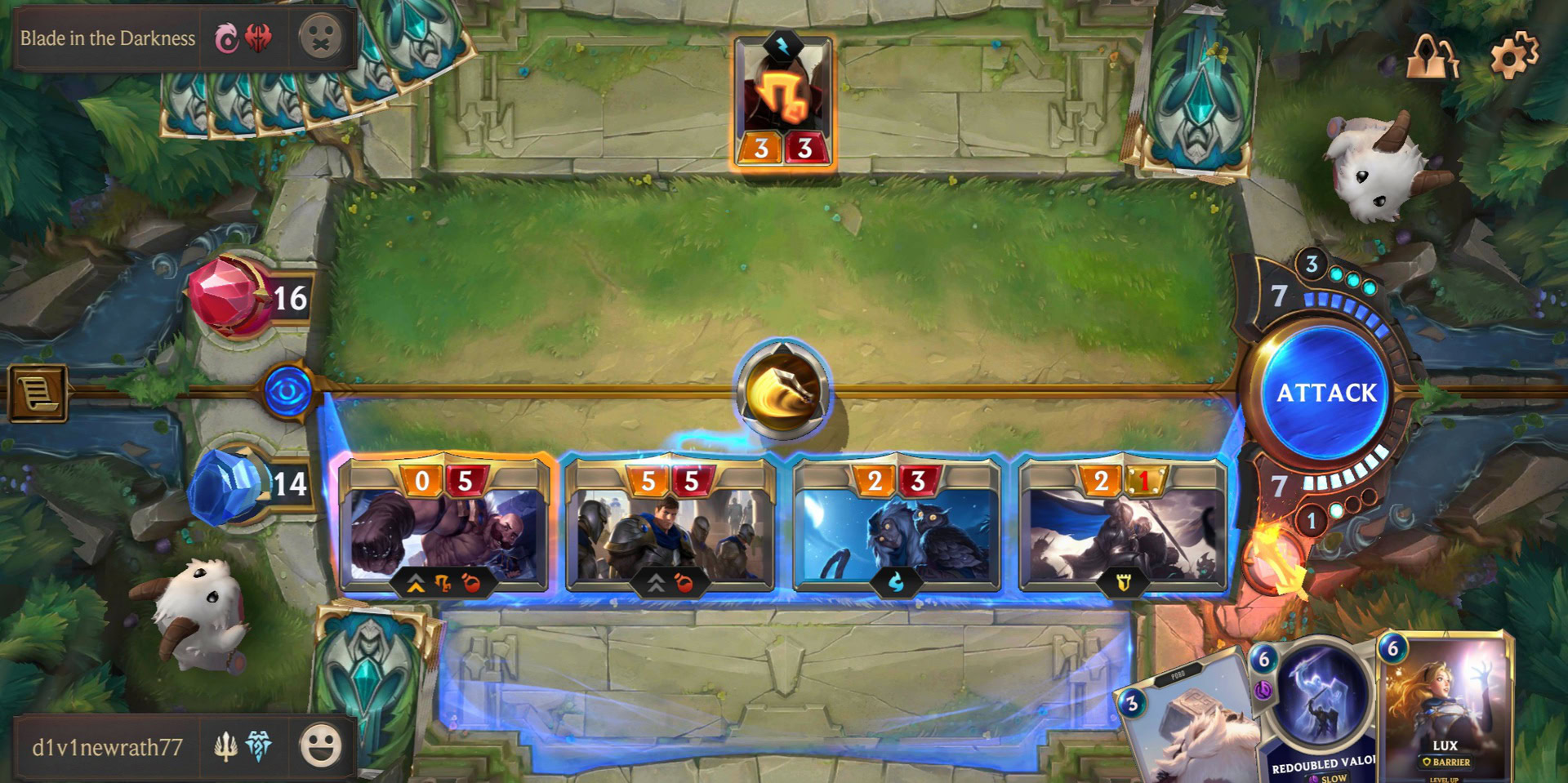
Before combat begins, both parties also have a chance to use spells if they have remaining mana. Once their effects are resolved, combat can begin. Here, things are pretty standard: champions and followers both have health and power values. The power value is subtracted from the health of the defender when they are attacked. So, for example, if you have a 2/1 power/health ally attacking a 3/2 enemy follower, you will deal two damage and destroy the follower. The two spillover damage from the enemy follower’s power will not be applied to your Nexus, unless the follower has a specific effect allowing it to do so. You cannot target the Nexus for direct attacks either, unless your enemy has no allies to block your incoming attack.
Once combat is finished, both players are once again able to play more cards until both parties pass. When the next round begins, the roles of attacker and defender are reversed. We have to admit, that it’s a lot to take in, but practice makes perfect! The more you play Legends of Runeterra, the easier its mechanics become.
Legends of Runeterra keyword mechanics
Learning how to play well doesn’t end at understanding combat and rounds. Both followers and champions can have keywords — one of the most interesting and challenging mechanics in the game. They are effects which are triggered when a specific condition is met. Tapping on the cards will reveal which keywords they possess and what they do, so take the time to check if you are new to Legends of Runeterra.
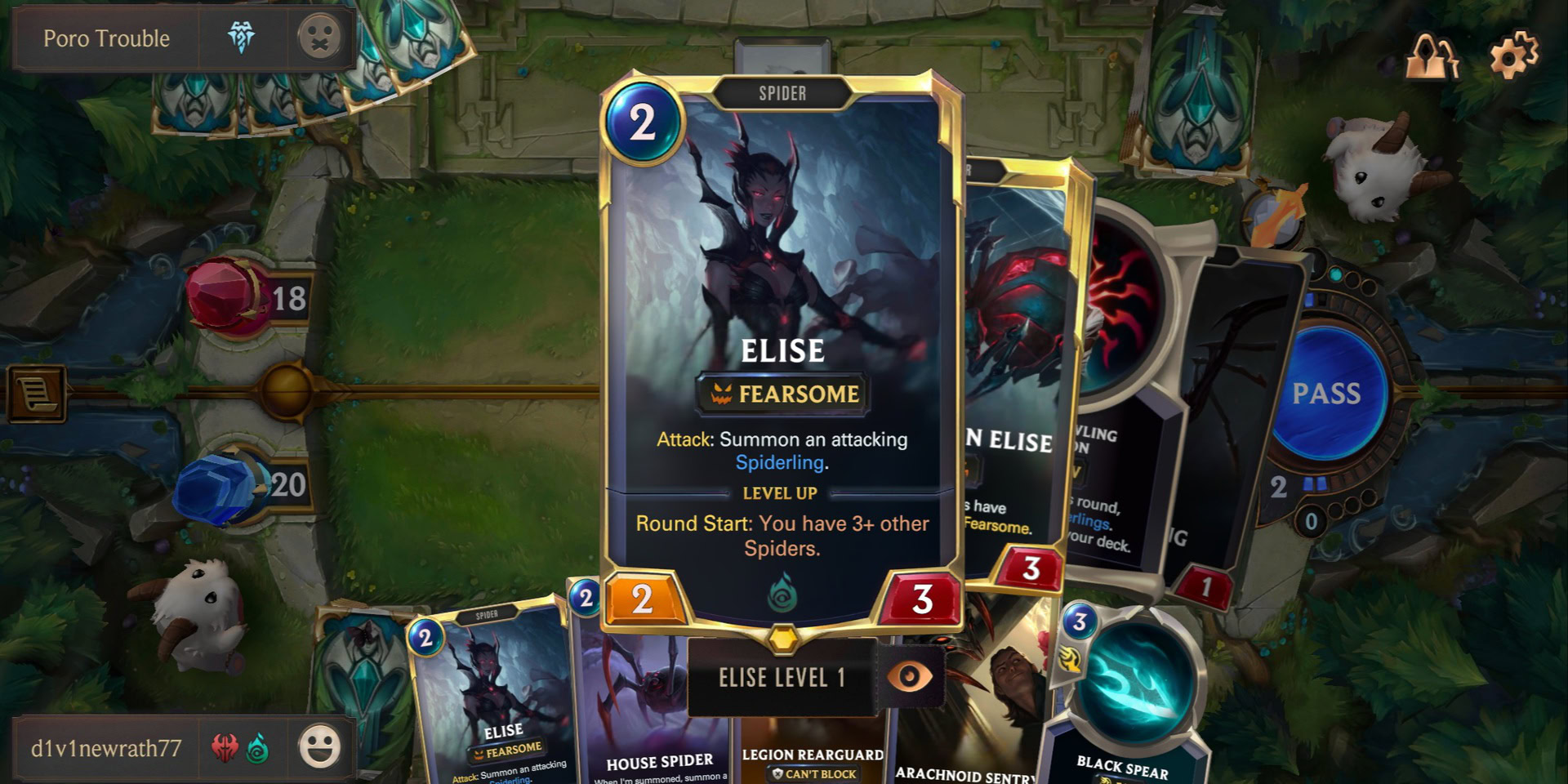
Currently, there are around 51 keywords in the game. While that might seem overwhelming at first, a lot of them have pretty self-explanatory names such as Can’t Block, Can’t Attack, or Lifesteal. Others are a bit more elusive, so we have compiled a list of some of the more hard-to-decipher keywords that you should know as a beginner.
| Image | Name | Effect |
|---|---|---|
| Image | Name Allegiance | Effect When an Allegiance unit is summoned, it receives its bonus if the top card of your deck is from the same region. |
| Image | Name Attune | Effect When summoned, refill one mana. |
| Image | Name Barrier | Effect Prevents the next instance of damage the unit would receive. Only usable in one round. |
| Image | Name Capture | Effect A captured unit is removed from play until the Captor is removed too. |
| Image | Name Challenger | Effect Challenger units can force any enemy unit to block their attack. |
| Image | Name Deep | Effect When your deck has 15 or fewer cards, the unit gains +3/+3. |
| Image | Name Drain | Effect Deal damage and heal your Nexus. |
| Image | Name Elusive | Effect Can only be blocked by another elusive unit. |
| Image | Name Enlightened | Effect Once you reach 10 mana, cards with Enlightened on the board gain their permanent effects. |
| Image | Name Ephemeral | Effect The unit dies once it strikes or the round ends. |
| Image | Name Fearsome | Effect Can only be blocked by units exceeding 3 or more power. |
| Image | Name Frostbite | Effect Sets a unit's power to 0 for the round. |
| Image | Name Nexus Strike | Effect Effects occur when your unit strikes the enemy Nexus. |
| Image | Name Obliterate | Effect Completely removes specified cards from the game. |
| Image | Name Overwhelm | Effect Overkill damage is applied to the enemy Nexus. |
| Image | Name Plunder | Effect Plunder ability is triggered if you damaged the enemy Nexus. |
| Image | Name Rally | Effect If you don't have an attack token, you gain one. |
| Image | Name Support | Effect Grants an effect to the unit to the right of the Support, if it is attacking. |
| Image | Name Toss | Effect Obliterates selected non-champion cards from the bottom of your deck. |
| Image | Name Tough | Effect Receives one less damage from all sources. |
As previously mentioned, these aren’t all of the keywords in the game, but they give you a good idea of what to expect. If you would like to see a full guide on Legends of Runeterra keywords and their interactions, let us know in the comments!
This is our guide to how to play Legends of Runeterra. Stay tuned for our next article in which will compile the best Runeterra decks and explain how to use them optimally!